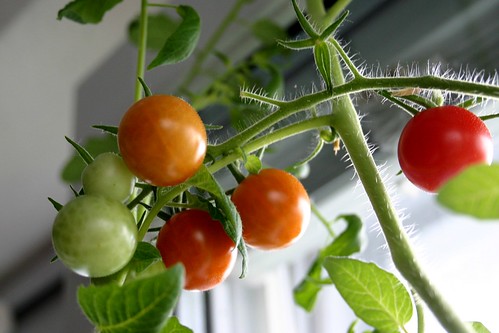
Allium Cepa by Bambo
It is December and many of TheGardenLady‘s readers are celebrating either Hanukah or Christmas. The house is decorated in the appropriate way for the holiday you celebrate and food will be a main part of the festivities.
So this year TheGardenLady is suggesting that her readers try to cook with some of the herbs (Bible herbs) or foods that are mentioned in the Bible.
While friends and family are seated at the dinner table enjoying the special holiday treats, talking about the foods in the Bible might even add to your discussion – after all these celebrations are related to the Bible plus TheGardenLady‘s readers are those who are interested in plants, even ancient ones. And these dinner discussions might encourage some readers to grow the Biblical favorites in their own gardens.
Some of the Biblical foods mentioned are garlic and onions. Onion, garlic or shallots are all in the allium family of plants, relatives of the Lily. The common onion is the allium cepa (see photo above), the garlic is allium sativum and the shallot is Allium ascalonicum named for the city, Ashkelon in Israel from which it was supposedly brought to Europe by the Crusaders. (Alliums are now becoming a popular flowering plant for the garden; Allium giganteum is a particular favorite in TheGardenLady’s ornamental garden. Though ornamental alliums are not for eating.)
Lentils – Lens culinaris is another food mentioned in the Bible. Lentils are thought to be the oldest cultivated legume.
Some other foods mentioned in the Bible are honey, olive oil, and cinnamon.
This holiday you might try a Baked Honey Lentil Casserole as part of your menu. This casserole is composed of herbs, spices and vegetables that were eaten during Biblical times.
- Baked Honey Lentil Casserole for 6 as a side dish.
Cook 1/2lb red lentils as directed on the package. (Do not add salt when cooking lentils.)
Make a mixture of 1 tsp. dry mustard (optional), 1/2 teaspoon cinnamon, 1 small onion in small dice, 1Â clove garlic minced, now add salt- 1 tsp or to taste.
All the above items are mentioned in the Bible. (You can add ground black pepper to taste.) Mix this mixture into the cooked lentils and taste to see if you want to add more of any herbs or spices.
Put 2 Tbsp Olive oil on bottom of casserole- olives and olive oil were used in the time of the Bible.
Then pour the cooked lentil mixture into the casserole and pour 1/4 to 1/2 cup of honey on top. It depends on your sweet tooth. (Honey is another food that was used during Biblical times.)
Cover the casserole tightly with the lid or with aluminum foil. Put casserole in a preheated 350 degree oven and bake until tender- start checking after 1/2 hour- it could take up to 1 1/2 hour. When tender, take the lid off and let cook uncovered for another 10 minutes and serve.
Happy Holidays




